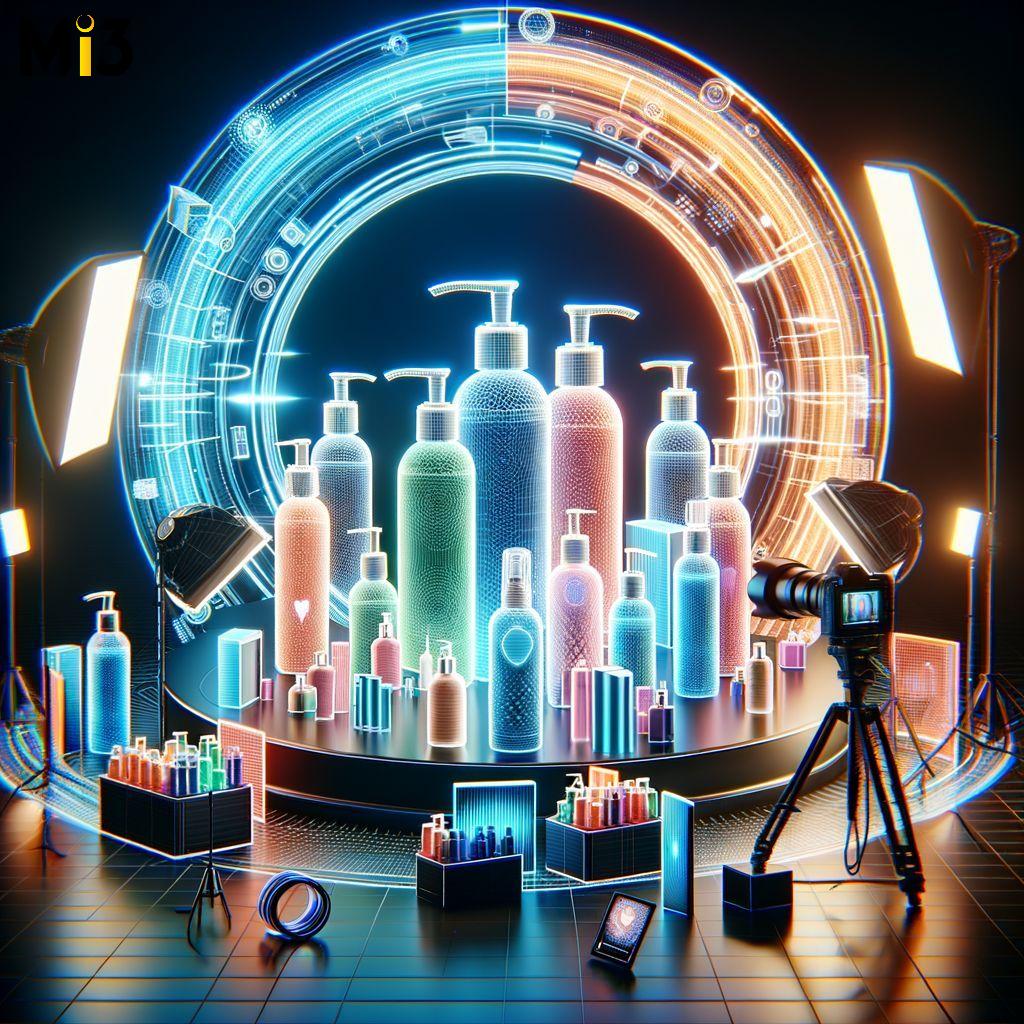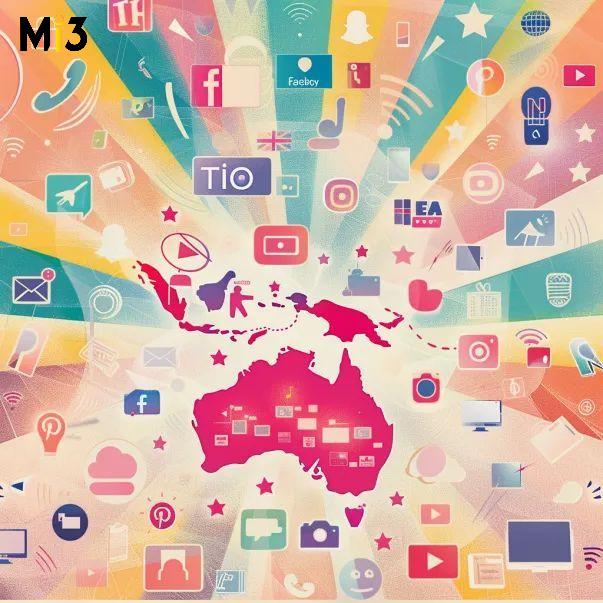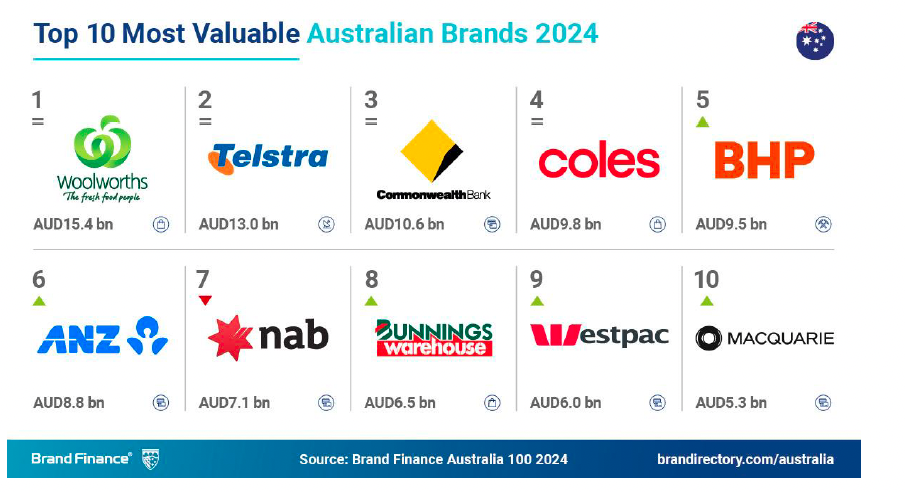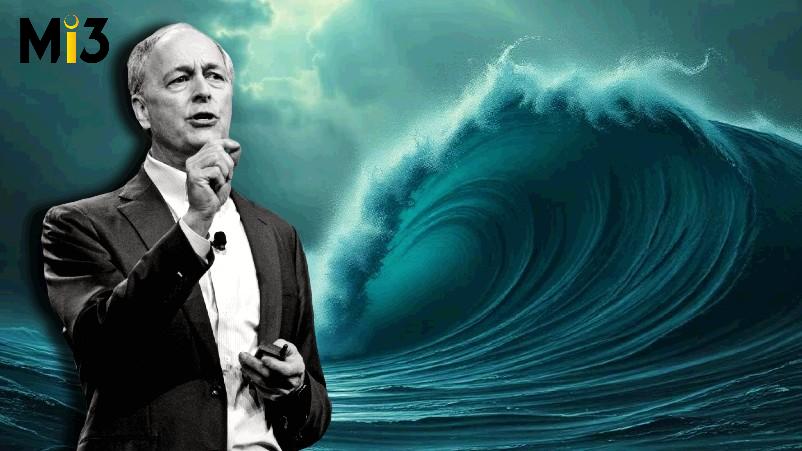Unilever leverages AI for faster, cheaper product imagery

Unilever is harnessing AI-driven technologies, including NVIDIA Omniverse, to reform its product imagery creation process. By utilising digital twins of its products, Unilever claims imagery production is reportedly two times faster and 50% cheaper, while maintaining 100% brand consistency.
These innovations were highlighted by Unilever’s Chief Growth and Marketing Officer, Esi Eggleston Bracey, during the NVIDIA GTC 2025 event. The initiative forms part of Unilever’s GAP 2030 strategy, which aims to transform marketing processes and enhance creativity.
“We’ve transformed what was once a complex, slow process into a marketing system that frees up our teams to focus on what they do best – think bigger, be creative, push boundaries and create magic for our brands,” said Bracey.
“This isn’t about pushing out more content – anyone can do that. It’s about starting with a deep understanding of people’s needs and desires, executing our campaigns with creativity and backed by a high-quality content creation machine to deliver desire at scale. Our product twins can be deployed everywhere and anywhere, accurately and consistently so content is generated faster and on brand. We call it creativity at the speed of life!”
Digital twins encompass all product variants, labels, packaging, and language formats within a single file, ensuring a single digital truth of a product’s data. This approach is said to reduce duplication in content workflows, cutting the process from an average of five steps to one.
Unilever has adopted Open Universal Scene Description to ensure compatibility across its systems and suppliers. The company’s Beauty & Wellbeing business group claims to be the first to pilot the technology, which is now integrated across product lines for TRESemmé, Dove, Vaseline, and Clear.
The integration has reportedly resulted in up to 55% savings and a 65% faster turnaround on content, with click-through rates doubling and attention spans tripling. TRESemmé Thailand noted an 87% reduction in content creation costs and a 5% increase in purchase intent after adopting the technology.





